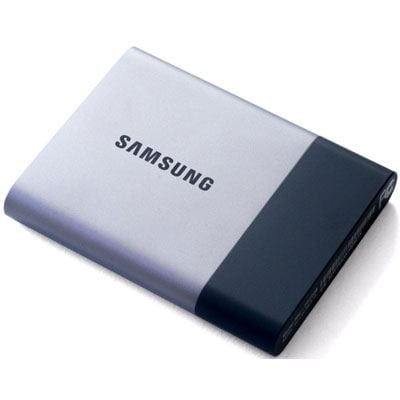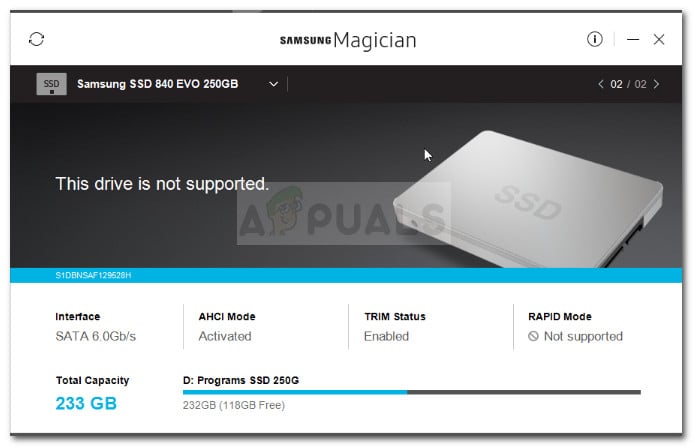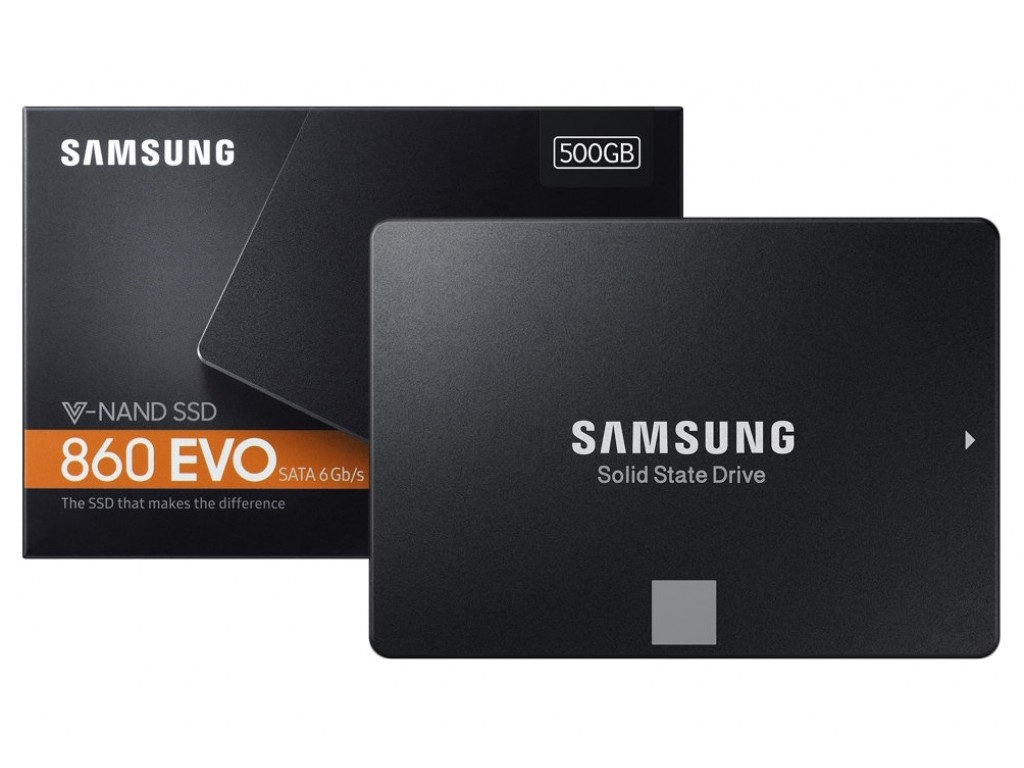- Uninstall Samsung Portable Ssd Software Mac Download
- Uninstall Samsung Portable Ssd Software Mac Free
- How To Uninstall Samsung Portable Ssd Mac
- Uninstall Samsung Portable Ssd Software Mac Os

Uninstall Samsung Portable Ssd Software Mac Download
On January 20, Samsung announced what appears to be an exceptional new storage product, a one ounce USB 3 external Flash drive, essentially a portable Flash SSD, called the T1. John Martellaro did. Re: Cannot access Samsung Portable SSD T5 on macOS with SW v. 1.6.4 I have tried what you suggest and it does not work. Now the question is why should I be encumbered with all these problems in order to connect a hard disc that I was sold as being ready out of the box, to work. This happens frequently for Samsung portable SSD T5/T3, because you need to install Samsung portable SSD Software to unlock disk's password and update certain firmware for this SSD. And if the necessary software and extension are not downloaded, you may receive 'No Samsung portable SSD is connected' from its software. The software package is fairly straight forward. Users can add Samsung's Portable SSD Software to Windows, MAC OS, or Android devices. The software consists of a simple on/off switch for.
Most of the time, when you plug a Samsung T3, Crucial, Sony or Sandisk SSD into your MacBook or Mac Mini, it will be mounted in Disk Utility. However, sometimes, an external or internal SSD won't mount on Mac. It can be so frustrating if your Mac doesn't detect the SSD, especially when you need to transfer something right then.
• Definite Guide to hard drives not showing up/mounting issues
Don't worry, this passage will troubleshoot SSD not mounting on Mac issue.
Important: Back up important files
One essential thing you should know is that SSD data recovery is more difficult than hard drive data recovery. This is because SSDs use a new technology called TRIM. So when your SSD still won't mount due to disk corruption, your data stored on the SSD is so fragile and any operation will overwrite the original data.

In this situation, if you have important data on the drive, we suggest you back up files from the unmountable SSD first. As a free and professional data recovery tool,iBoysoft Data Recovery Software for Mac is highly recommended. It can recover lost data from unreadable SSD, recover lost data from formatted SSD, unmountable SSD, corrupted SSD, etc.

Aside from that, iBoysoft Data Recovery for Mac can also recover lost data from unreadable USB flash drive, hard drive, external hard drive, SD card, etc. on macOS Big Sur 11/10.15/10.14/10.13/10.12 and 10.11/10.10/10.9/10.8/10.7.
Tutorial to recover lost data from unmountable SSD on Mac with iBoysoft Data Recovery for Mac
Step 1: Launch iBoysoft Data Recovery for Mac.
Step 2: Select the unmountable SSD and click 'Scan' to search for lost files on the drive.
Step 3: Preview the scanning results, choose files we need, and click 'Recover' to get them back.
Step 4: Have a check to ensure we have got all lost files back.

Troubleshooting SSD not mounting issue on Mac
After you rescue files from the unmountable SSD, you can then fix the 'SSD no mounting' issue on Mac without worrying about data loss. Let's start with basic solutions.
Uninstall Samsung Portable Ssd Software Mac Free
1. Check the cable. Try connecting the same device with a different cable.
2. Check whether the SATA and USB port are damaged. If you've got another port or another SSD case, try connecting the device to that one.
3. Reboot your computer. Sometimes, an SSD is not mounting, there are problems with macOS system. Fortunately, some damages can be easily fixed by restarting. So restart your Mac computer to see if the SSD is mounted.
Solution 1: Mount SSD in Disk Utility
When an SSD won't mount, you can force mount it in Disk Utility at the very beginning. Launch Applications > Utilities > Disk Utility (or just search Spotlight for it). Disk Utility will list all connected disks as long as the disk is detected, with mounted or unmounted partitions listed below. If the SSD shows up in the list but one of partitions is not mounted, you can right-click the partition and choose Mount button.
Solution 2: Power cycle the drive
If you can't mount the SSD in Disk Utility or the SSD is not showing up in Disk Utility, restarting your Mac might help. It's called power cycle and you can have a try when Disk Utility doesn't see your SSD.
Step 1: Start your system, hold the OPTION key and let it sit there for 30 minutes.
Step 2: After the 30 minutes shut down the computer and wait 30 seconds.
Step 3: Turn the system back on and hold the OPTION key again and wait another 30 minutes.
After these steps are complete then you can try the SSD again to see if it will be mounted in Disk Utility.
Solution 3: Repair SSD with Disk Utility
If your SSD is still not mounting, it might be failed due to disk errors or corruption. You can try selecting First Aid to repair the disk.
Step 1: Go to /Applications/Utilities/Disk Utility/, then click Continue.
Step 2: In the sidebar, select the SSD that is not recognized.
Step 3: Click the First Aid button.
Step 4: Click Run.
If Disk Utility tells you the disk is about to fail, back up your data as soon and as much as possible, and then replace the disk. Disk Utility can't repair the disk in the SSD disk enclosure.
How To Uninstall Samsung Portable Ssd Mac
Solution 4: Fix SSD not mounting on Mac by erasing
The last hope to fix the unmountable SSD is to reformat it, as reformatting will restructure this disk to fix corruption. However, it will remove all data on the SSD as well. Hence, you need to first back up useful files with iBoysoft Data Recovery to prevent further data loss.
• Learn how to erase external SSD & hard drive on Mac
If the SSD is still not detected on Mac, the drive might be physically damaged. You should send the drive to local technicians for reparation or replace it with a new one.
Bonus Part: How to mount SSD in the right way
For some reason like lack of space and frozen system, you bought a new Sandisk extreme or other portable SSD. But you just don't know how to mount it on your Mac to make it work. If you are facing such problems, this part will assistant you to mount the SSD easily.
How to mount a new external SSD on Mac?
- Connect the new SSD to your Mac. You need to prepare a USB-C to USB 3.0 adapter if you want to use the SSD on the latest models of MacBook Pro or MacBook Air. Then plug the SSD into the USB-C hub of your MacBook to continue. Moreover, you need to buy a disk enclosure to hold the SSD if the manufacturer doesn't give you one.
- Open Disk Utility. The external SSD will be detected by Mac and then show it in Disk Utility, which can confirm if the SSD has any hardware problem or not.
- Erase to mount the SSD. A new SSD might not be verified and initialized at first. So, you need to format and partition the SSD in Disk Utility before you can use it on Mac. Go to Disk Utility > Select the SSD > Click on Erase tab > Name the SSD > Select a Format > Select a Scheme > Choose Erase button.
Uninstall Samsung Portable Ssd Software Mac Os
Then, the external SSD will be automatically mounted by the Mac, waiting for you to transfer content to and from your external SSD. Every time you finish your work on the SSD, you need to right-click the external SSD and choose Eject. It's going to unmount the SSD safely, which lowers the possibility of SSD not mounting issue on Mac.
What's more, you may want to fit an SSD internally to upgrade your MacBook Pro or MacBook Air. Its great speed and accessibility could lead you to replace the traditional hard drive. Then, you can also install the SSD to replace your old hard drive, and mount the SSD as a system drive.
• Fix com.apple.DiskManagement.disenter error